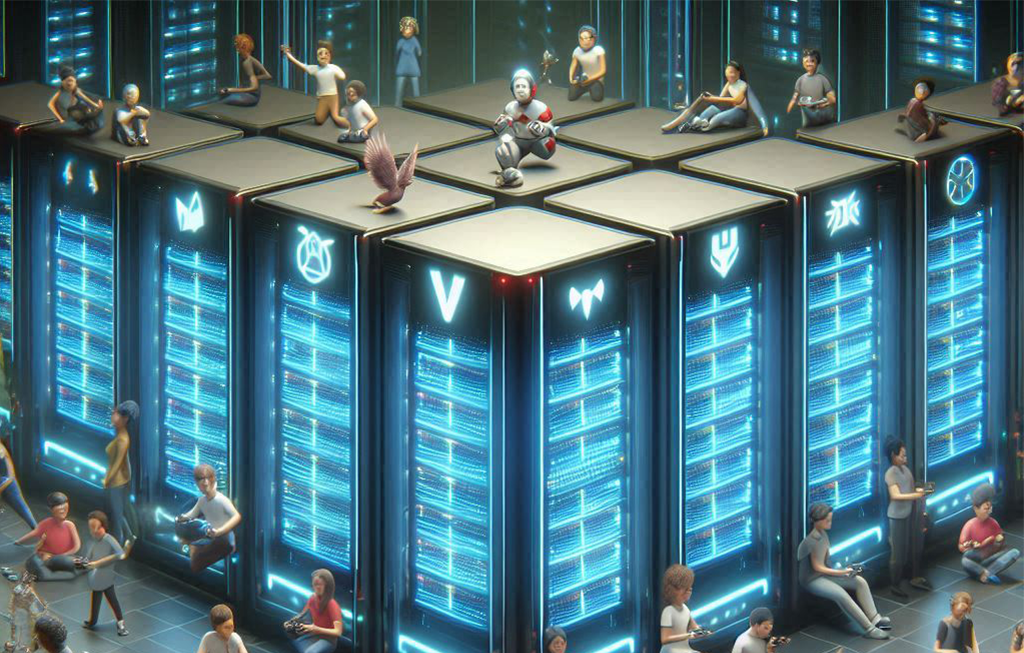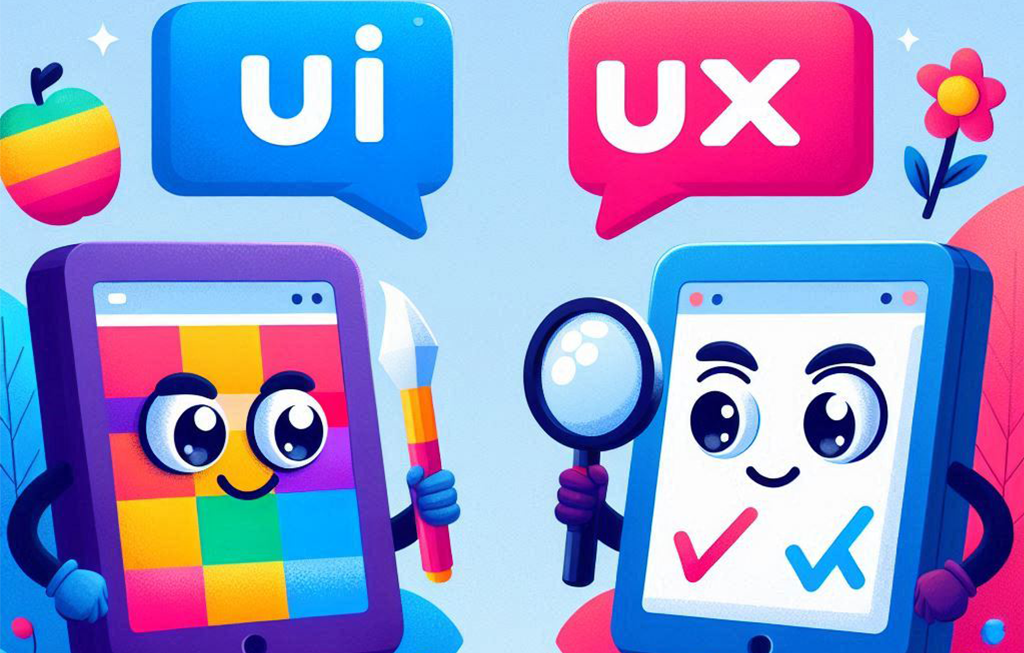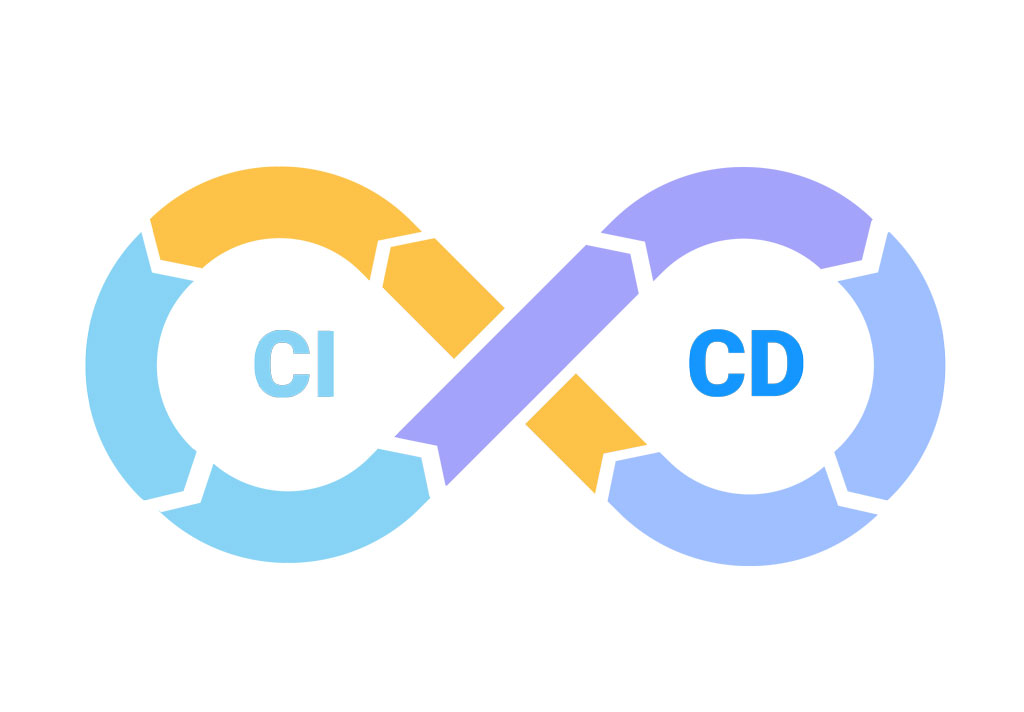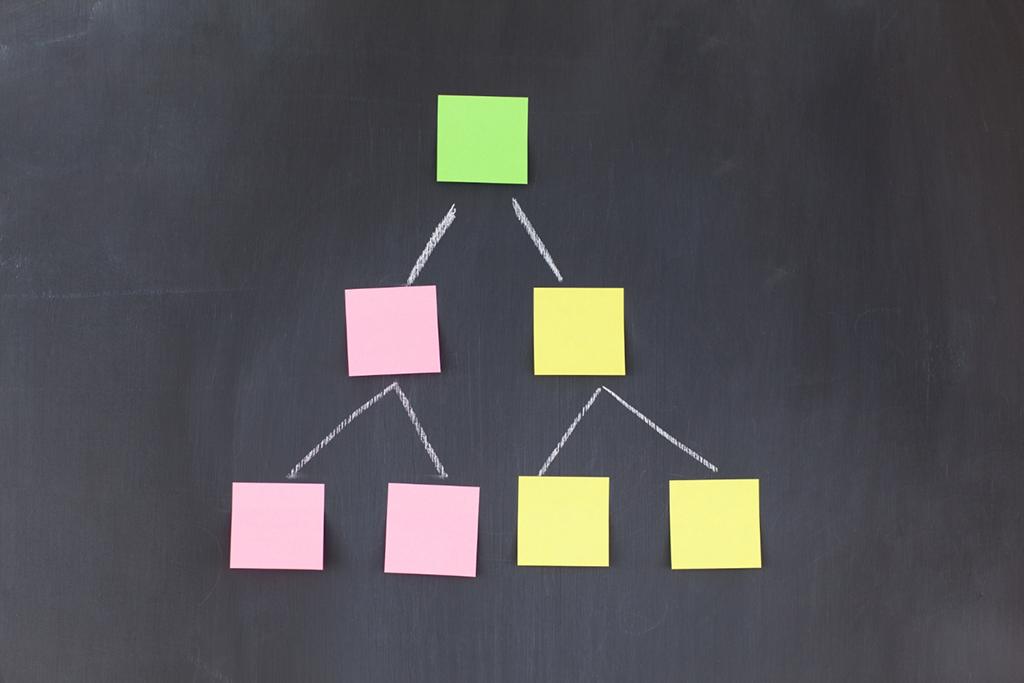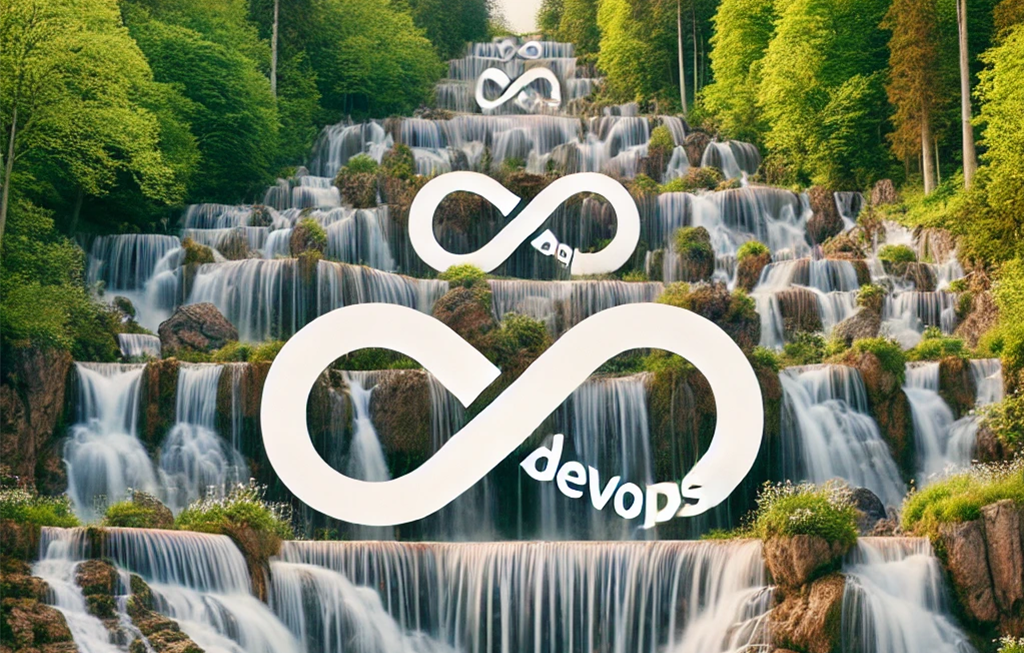
Waterfall, or the cascade model, is a traditional software development methodology characterized by a sequential and linear approach. In this model, the development process is divided into distinct phases, such as requirements analysis, design, implementation, testing, deployment, and maintenance. Each phase must be completed before the next one can begin, implying a clear and defined progression from start to finish without overlaps between stages. This approach is often compared to a waterfall, where water flows from one level to the next without the possibility of going back.
Despite the growing popularity of agile methodologies in software development, the Waterfall model is still used in specific circumstances. For example, it is chosen for projects where the requirements are well-defined from the outset and are unlikely to change. Sectors such as engineering, construction, and certain government projects, which require detailed documentation and strict compliance, find Waterfall a suitable framework to ensure conformity and predictability.
Project Management in DevOps
Although Azure DevOps is primarily designed to support agile methodologies with tools like sprints and Kanban boards, it can also be used to manage Waterfall projects. The key lies in adapting Azure DevOps tools and workflows to follow the sequential phases characteristic of the Waterfall model.
First, divide the project into sequential phases: requirements, design, implementation, testing, deployment, and maintenance. Use Epics to represent each of these phases. Instead of creating user stories and agile tasks, create work items that represent the specific deliverables and activities of each phase.
For example, in the Epic titled “Requirements Analysis,” break down tasks such as “Requirements Gathering,” “Impact Analysis,” “Requirements Documentation,” etc. In the Epic “Application Design,” tasks might include “Architecture Design,” “Database Design,” “User Interface Prototype,” etc. The same approach applies to the other phases represented by each Epic. You can use a Kanban board for each work item or task in each project phase. Each board column will represent a status within that work, such as “To Do,” “In Progress,” “Review,” and “Complete.”
Use the planning tool to assign start and end dates to each phase. This will ensure that each stage is completed before the next begins, maintaining the sequential focus of Waterfall.
Leverage Azure DevOps’ documentation and reporting capabilities to keep a detailed record of project progress. Generate periodic reports that show the status of each phase, identifying potential risks and issues.
Integration and Deployment
Azure DevOps also offers other equally useful tools for development, regardless of the methodology, such as the use of the code repository.
CI/CD pipelines can be configured to automate testing and deployment, even if these activities are sequential. Tests can be scheduled to run once the implementation is complete, and deployments will take place after all tests have been passed.
At QualitApps, we have achieved ISO 15504 certification thanks to our robust implementation of DevOps and well-designed agile methodologies. This certification reflects our commitment to quality and continuous improvement in our software development processes. However, we understand that each project and client has unique needs, so we maintain flexibility in our approach and tools.
Our flexibility is especially evident in our outsourcing service. Our developers integrate directly with our clients’ teams, adopting their preferred methodologies and tools. We recognize that not all projects can be executed in the same way, so we adapt our approach to the specific circumstances and requirements of each client.
To ensure perfect alignment with our clients’ expectations and needs, we conduct kick-off meetings before starting any service. These meetings allow us to clearly understand how and with which tools we will work, ensuring smooth and efficient collaboration from day one.

